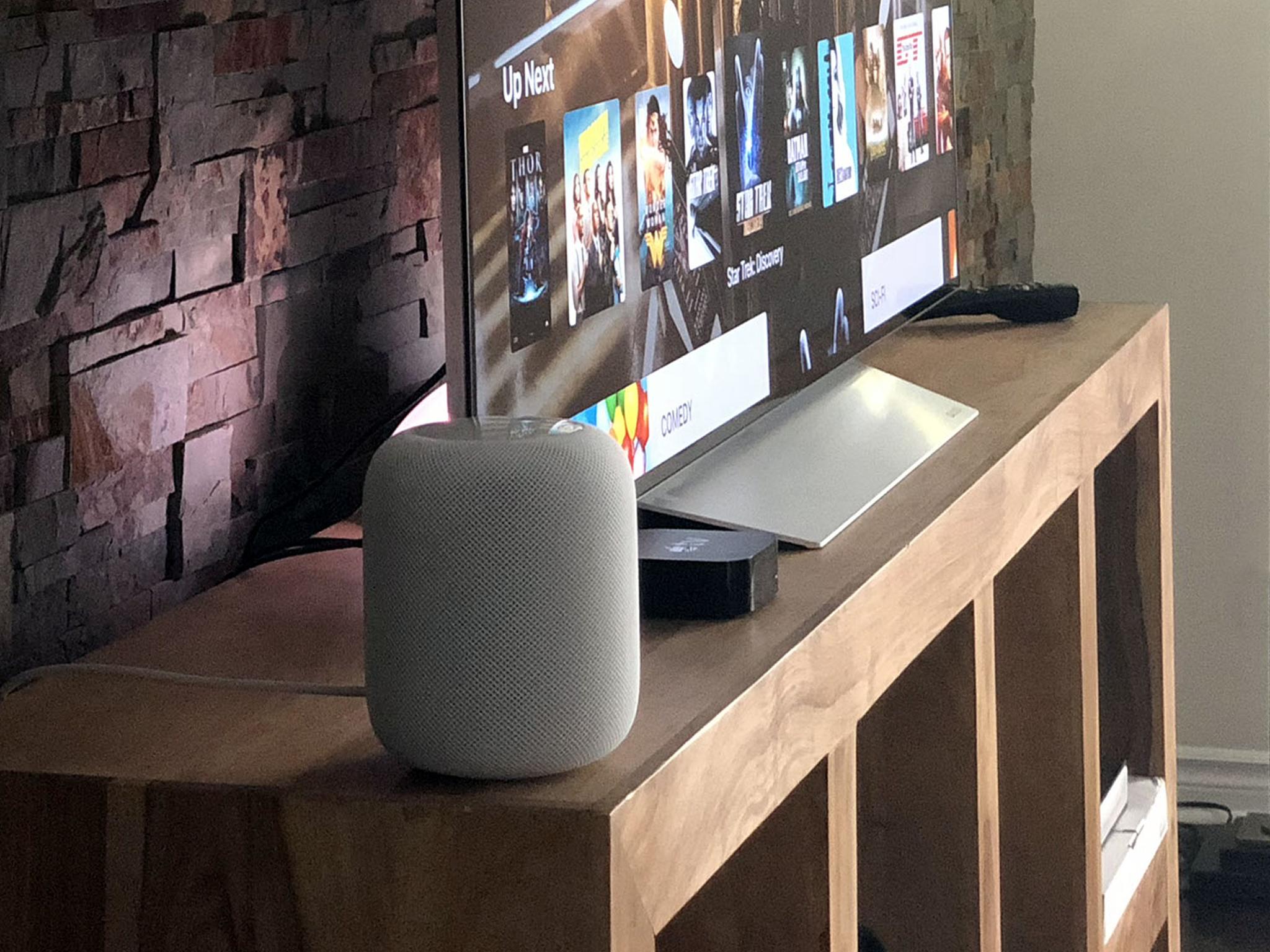Bluetooth vs AirPlay 2: What's the difference and which works better


When it comes to wireless speakers, you've probably heard of Bluetooth. If you're a heavy Apple device user, AirPlay probably also comes to mind. What's the difference between the two? In some respects, a lot. In others, not so much! It's time to find out!
Bluetooth versus AirPlay 2
Bluetooth serves as a universal wireless platform for devices such as speakers and headphones. It also supports mobile phones and tablets, laptops, cameras, printers, and much more. AirPlay 2, by contrast, is Apple's proprietary wireless platform that's dependent on Wi-Fi. It's purpose is to stream digital audio or video content to other AirPlay-supported devices. Generally speaking, most AirPlay devices also support Bluetooth. However, that's not the case the other way around.
As I noted previously, two important differences between Bluetooth and AirPlay stand out. First, notice that AirPlay supports audio and video. Second, AirPlay requires Wi-Fi. In other words, with AirPlay, you can stream video, such as content from YouTube, from one AirPlay-supported device to another. However, to do so, there must be an active Wi-Fi connection which AirPlay uses to piggyback. By contrast, Bluetooth devices connect directly, or point to point.
| Header Cell - Column 0 | Bluetooth | AirPlay |
|---|---|---|
| Max number of active connections | 7 | None |
| Range | Typically less than 10 m (33 ft) | As far as Wi-Fi connection |
| Audio supported | SBC, MPEG-1, MPEG-2, MPEG-4, MP3, AAC, ATRAC, AptX | AAC, MP3, ALAC (Apple Lossless) |
| Video | No | Yes |
| Requires Wi-Fi | No | Yes |
Bluetooth Pro and Cons
Pros
- Widely supported, works across multiple devices and operating systems
- Supports AAC and aptX
Cons
- Limited range
- Streams in lossy compression (except for aptX)
Because Bluetooth has been around longer, it supports more audio formats than AirPlay. Video streaming? Sorry, no.
AirPlay 2 Pro and Cons
Pros
- All about the Wi-Fi range
- Uses lossless compression
- Multi-room audio support
Cons
- Devices must be networked
- Only for Apple devices and AirPlay-certfied devices.
- Often more expensive due to licensing requirements
Better volume control is often cited as another perk for using AirPlay. You can control the volume of the AirPlay device, not just a volume on the iOS or iPadOS device. With Bluetooth, you can only control the volume of the original device, not the connected device. Additionally, AirPlay 2 allows you to play different audio to different devices — at the same time. For example, you can play your favorite music in one room and stream a podcast to another.
What about AirPlay versus AirPlay 2?
First introduced in 2017, AirPlay 2 improved buffering and added the streaming of audio to multiple speakers at once. More important, it added the ability to stream different content to multiple devices. AirPlay 2 is backward compatible.
Bottom line
A Bluetooth vs. AirPlay 2 comparison isn't necessarily cut and dry. If you consider yourself (and your household) Apple-centric, it's probably best for you to purchase AirPlay-compatible devices moving forward. In doing so, you'll find it much easier to control all of your devices. If your mobile devices (phones, tablets) aren't from Apple, there's no benefit in buying an AirPlay supported device. And if it doesn't also support Bluetooth (highly unlikely), you couldn't even use it.
iMore offers spot-on advice and guidance from our team of experts, with decades of Apple device experience to lean on. Learn more with iMore!

All 20 stories from our 2019 Spotlight on Bluetooth package, all in one place. Whether it's a spot of Bluetooth history, a bit of humor or wireless memery, or some thoughtful analysis on the future of the short-range tech, you'll find it right here, courtesy of the folks at iMore, Android Central, and Windows Central.
General Bluetooth
- Introduction to our 2019 Spotlight on Bluetooth
- Where did the Bluetooth name and logo come from?
- A history of all the major Bluetooth releases and updates
- Where Bluetooth is headed, and the challenges it must overcome to get there
- Bluetooth 5: Is it actually better, and do you need it?
- Why Bluetooth is so great (and so terrible): A story told via memes
- Why the Bluetooth in your car sucks (and always will)
- 12 weird Bluetooth gadgets the Mobile Nations team uses every day
Apple and iOS
- The secret to Apple's ecosystem
- How to solve common Bluetooth issues on iPhone, iPad and Apple Watch and Mac
- Bluetooth vs AirPlay 2: Which is the superior wireless technology?
- iMore staff's favorite Bluetooth tech
Windows
- 5 major Bluetooth milestones at Microsoft
- How to master Bluetooth on Windows 10
- Why Xbox One (still) doesn't use Bluetooth
- Why wireless gaming mice still use RF receivers instead of Bluetooth
- Windows Central staff's favorite Bluetooth gadgets right now
Android

Bryan M. Wolfe has written about technology for over a decade on various websites, including TechRadar, AppAdvice, and many more. Before this, he worked in the technology field across different industries, including healthcare and education. He’s currently iMore’s lead on all things Mac and macOS, although he also loves covering iPhone, iPad, and Apple Watch. Bryan enjoys watching his favorite sports teams, traveling, and driving around his teenage daughter to her latest stage show, audition, or school event in his spare time. He also keeps busy walking his black and white cocker spaniel, Izzy, and trying new coffees and liquid grapes.
